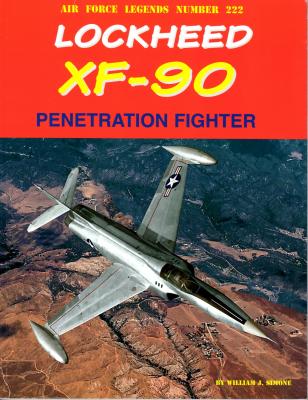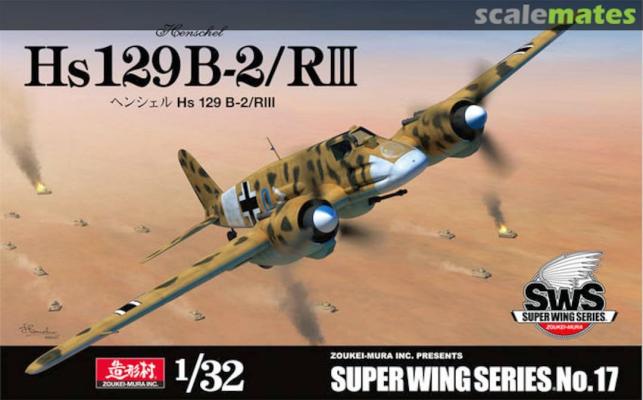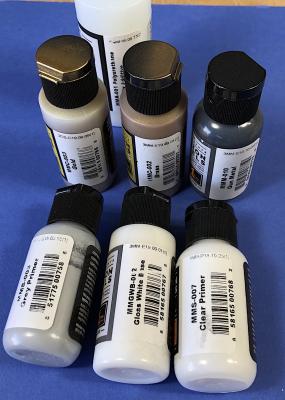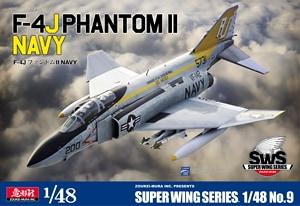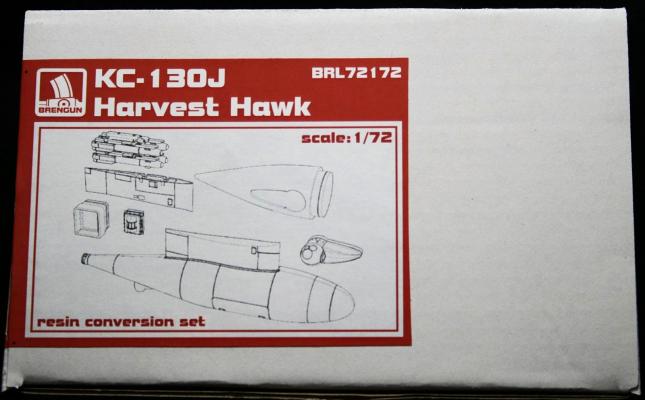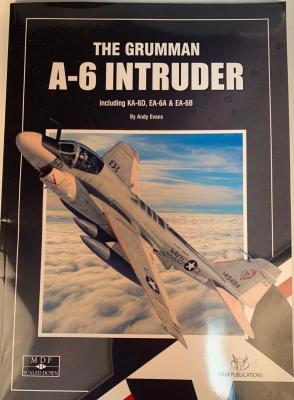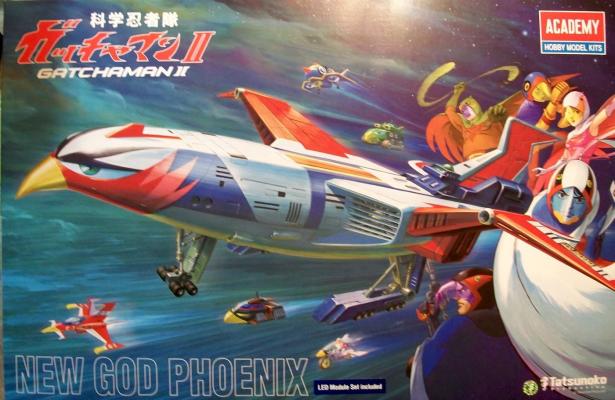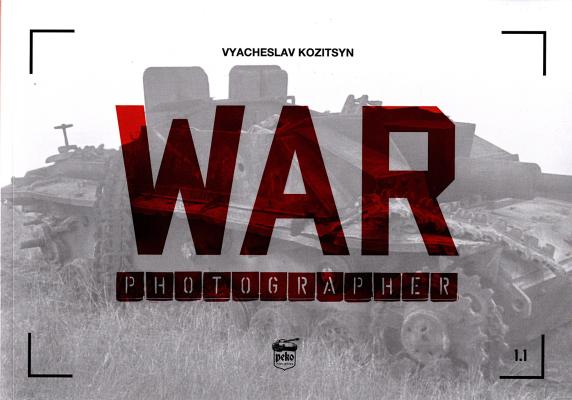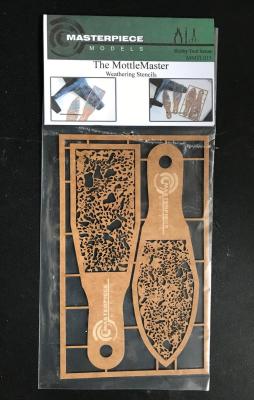The years following WW II were an era of great advancement in the aircraft industry. Lessons learned from the war, information obtained from the Germans and the advent of the jet engine combined to greatly accelerate development of the industry. During this time, the US Air Material Command issued requests for proposals related to a Penetration Fighter, an All-Weather Fighter and an Interceptor Fighter. Lockheed worked to develop a submission for the Penetration Fighter contract. Their aircraft from the Skunk Works at Lockheed was designated the XF-90.
Reviews
In Part 2 of my build of Zoukei-Mura’s HS-129B-2, we got the wings and horizontal stabs on and prepped the kit for paint. I primed the plane and checked for flaws and (not surprisingly) there were several. I had to work on the cannon doors and a little bottom seam work. A quick sanding another round of primer and I wanted to give the instructions a last go over. Reviewing the detailed instructions, I see a few parts I needed to add- the flaps and ailerons. I added those and moved on to paint.
For the color scheme, there are markings provided for one plane:
David Francois, from France, earned his PhD in Contemporary History at the University of Burgundy and specialized in studying militant communism, its military history and relationship between politics and violence in contemporary history. In 2009, he co-authored the Guide des archives de l’Internationale communiste published by the French National Archives and the Maison des sciences de l’Homme in Dijon. He is regularly contributing articles for various French military history magazines and regular contributor to the French history website L’autre côté de la colline.
Mission Models Paint (MMP) has released some new metallic colors to add to their acrylic paint range. The colors reviewed with this release include.
MMP paints include the following:
- Gun Metal MMM-010
- Brass MMC-002
- Gold MMC-003
Mission Models also provided Gloss White Base MMGWB-002, Grey Primer MMS-003, and MMS-007 Clear Primer. The Gloss White Base can be used as an alternative to Gloss Black Base under metallic colors to provide a lighter shade of the finish paint. Mission Models Clear is an interesting primer that can be tinted to match finish paints for a more uniform color coat. Blaine Singleton has provided a nice review of MMP’s clear primer.
Brief History (Exerpts from Wikipedia)
The McDonnell Douglas F-4 Phantom II is a two-seat, twin engine, all-weather, long-range supersconic jet fighter-bomber and interceptor originally developed for the United States Navy by McDonald Aircraft. It first entered service in 1960 with the Navy. Proving highly adaptable, it was also adopted by the United States Marine Corps and the United States Air Force, and by the mid-1960s had become a major part of their air arms.
The Phantom is a large fighter with a top speed of over Mach 2.2. It can carry more than 18,000 pounds of weapons on nine external hardpoints, including air-to-air missiles,air-to-ground missiles, and various bombs. The F-4, like other interceptors of its time, was initially designed without an internal cannon. Later models incorporated an M16 Vulcan rotary cannon. Beginning in 1959, it set 15 world records for in-flight performance, including an absolute speed record and an absolute altitude record.
Brengen produces a wide range of unique resin, photo-etch (PE)accessories and full kits in 1/32, 1/48, 1/72 and 1/144. This conversion set was previously produced by Attack Squadron (Arma Hobby) and that product line was sold to Brungen which now offers the C-130 product line many are familiar with.
As noted in the title, this book is a scaled down version of its bigger volume on the Grumman A-6 Intruder family. This volume includes descriptions and photographs of the attack versions of the A-6, as well the tanker (KA-6D) and both electronic warfare versions, the EA-6A and the EA-6B. The book is lavishly illustrated with both color and black and white photographs with informative captions.
Chapter 1 briefly discusses the design and development of the A-6. In late 1950’s the Navy issue a request for the design of an all-weather attack aircraft with two crewmembers to replace the A-1 Skyraider. Grumman’s proposal was selected by the Navy and first flew in April of 1960. Adopted by both the Navy and the Marines, the A-6 Intruder became a mainstay of Navy and Marine Corp combat operations in Vietnam. The chapter includes a brief description of the systems installed in the A-6 to give it it’s all-weather capabilities.
This is a brand-new model of the New God Phoenix from Tatsunoko Production's TV Anime [Science Ninja Gatchaman II] broadcasted from October 1978. (Also known as Battle of the Planets in North America).
This version includes the optional LED lighting kit.
In the box is:
- 2 x white sprues
- 1 red sprue
- 1 blue sprue
- 1 pink transparent sprue
- 1 dark grey sprue
- 1 black sprue
- 1 small yellow sprue
- 8 white parts not on a sprue
- 1 decal sheet
- 1 sticker sheet
- 1 instruction booklet
- 1 LED kit
The sprues are extremely well molded with no flash and very detailed. The parts are all molded in the correct colors so if the build is done well there is no need to do much painting. The LED kit optional kit is simple and easy to use and fully detailed in the instruction booklet.
This book is PeKo Publishing’s second in the series of photo albums introducing rare wartime photos from battles, operations, vehicles, or complete photo albums from soldiers who fought in WWII. This volume 1.1 illustrates photos from an unidentified German Sturmartillerist of the Sturmgeschütz-Abteilung (Assault Gun Battalion) 191. The first volume in the series, 1.0, illustrated photos from Sturmgeschütz-Abteilung 189.
Abteilung 191 was dispatched in December 1940 from Jüterbog to Romania, and traveled through Czechoslovakia, Austria, and Hungary. The book contains photographs from fighting at the Greek border where the Abteilung supported the German infantry on the Metaxas line. Photographs during marches through the country showing destruction and enemy vehicles, and in Greece after the capitulation are included as well.
Mottling the paint scheme on a model by hand can be difficult and rather time consuming. Keeping the paint at a consistent density, avoiding a semblance of a “pattern” in the layout of the mottling, and paying attention to panel lines are all issue that need attention when applying a “mottled” finish.
Masterpiece has addressed these issues with an easy-to-use set of templates. The templates are sturdy pieces of a cardboard-type paper. Each template contains a multitude of holes and openings that are of a wide variety of shapes and sizes. Some of the “knock-out” panels that make up the openings in the template are still in place. Removing them will bring about a diverse pattern each time you use the template. Also, reversing which side of the template you use (top or bottom) as the surface in contact with the model, will provide additional diversity.

